Protests and Embroidery
Speaking up through art
Emilee Simonetti, with permission
Abington High School sophmore Emilee Simonetti created her embroidery project for Ms. Kenealy’s Sculpture class to call attention to sexual assault.
Recently at Abington High School, Ms. Kenealy’s Period 7 Sculpture class for both Green and Wave students wrapped up their Protest Embroidery projects.
The project was about using embroidery as a form of protesting or speaking out in a peaceful manner. “I find embroidery to be a meditation. It is repetitive and becomes very familiar to your hands while working. I wanted students to feel a calmness and be comfortable working with a new material,” Kenealy said.
Due to the hybrid schedule, “Seeing students in person once a week can be disruptive and challenging to keep a project moving forward,” she explained, but because they could take their embroidery home, “these students had twice weekly check ins and could see progress being made,” Kenealy said.
Sophomores Taylor Chancholo and Emilee Simonetti, as well as junior Jacklyne Goduti explained their thoughts on the work they did, what led them to their choice on design, and how the protest or cause they picked inspired their design.
Alex Jernegan: What cause or protest inspired your design?
Taylor Chancholo: The cause that inspired my embroidery design was animal abuse, but specifically dogs.
Emilee Simonetti: The cause I chose was sexual assault.
Jacklyne Goduti: I chose LGBTQ+ rights.
AJ: Why did you pick that cause or protest for your design?

TC: I chose this cause because [it is my understanding that] 64.5% of all dogs are abused. This makes them the most common victims of cruelty. There are many forms of abuse in animals such as neglect, beating, starving, and too many more. Hoarding alone victimizes over 250,000 animals each year. The point is that these animals can’t speak up for themselves. I’ve fostered animals for about four years now and have seen my fair share of dogs and cats that are so frightened because of their previous owners or situations they’ve been in. It can take months to create trust with an animal and try to eliminate any past recollections of abuse. So with my design, my goal is to raise awareness to all the people to think twice before hurting an innocent animal.
ES: I picked this cause [sexual assault] because a lot of people are affected by it but are too afraid to talk about it and they shouldn’t be. People need to know that we are here for them and that they are not alone.
JG: I chose it [LGBTQ+] because I’ve known a lot of people and heard many stories in how people who identify differently are treated like trash. This has been an issue since [for a long time and] it was a medical diagnosis. This problem should exist anymore because we are all just people.
This project gave students a lot of choice because it could be designed based on anything the creator found interesting, like their own interests, hobbies, causes, messages, you name it. Also, the embroidery could be made any way the students wanted for protesting and speaking out–the goal in the project.
“I wanted my students to have the opportunity to try different materials and techniques. Craft is usually considered learning techniques and skills. Art is considered expression and freedom. This Protest Embroidery project was aimed to have students experience both,” Kenealy added.
These days it has been hard to speak out without sending a negative message. With embroidery, students could speak out, not with words but through art without sparking any bad or negative actions. During these times, knowing different ways to have a voice is an important lesson to know.

Alex Jernegan (Class of 2023) joined the Green Wave Gazette in his freshman year and is a senior right now. Alex has thought of being a writer but has...

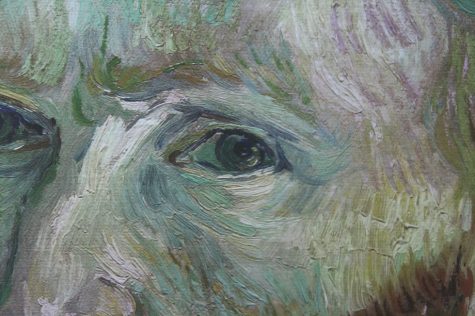
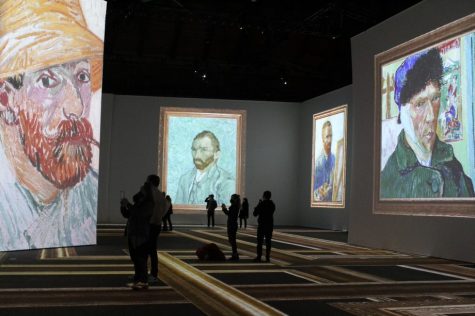

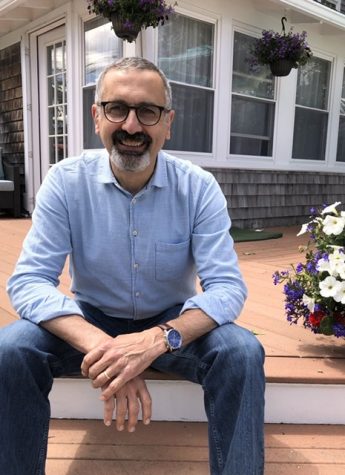
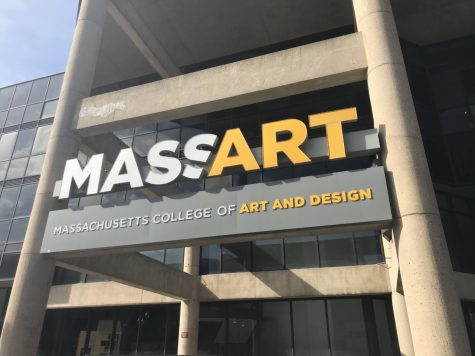
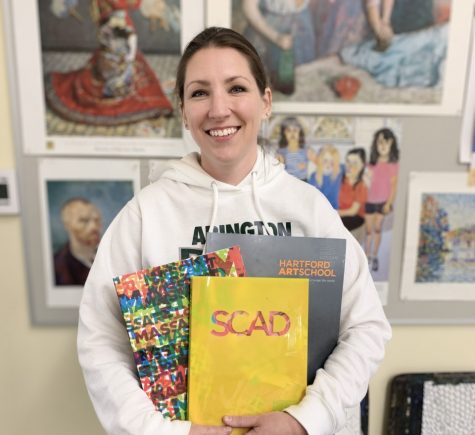

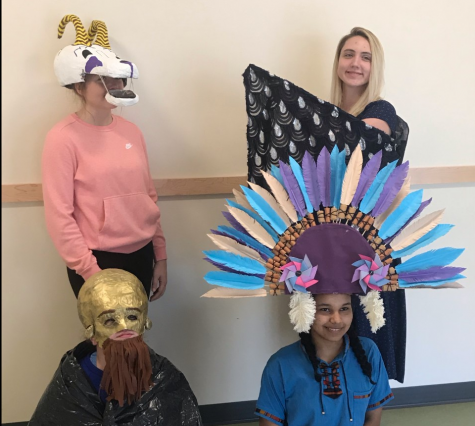
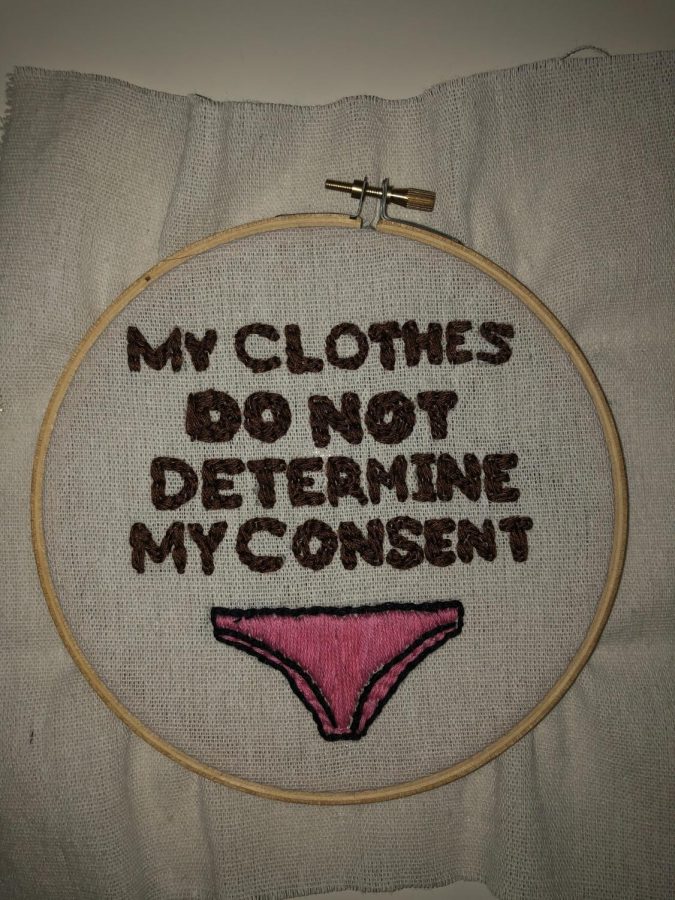
Elizabeth Gonsalves • Feb 16, 2021 at 7:53 PM
Alex, your final sentence impressed me most, “During these times, knowing different ways to have a voice is an important lesson to know.” How true! Thank you for using you voice to shine a light on how the Protest Embroidery Project amplified student artists’’ voices here at AHS. It would be so interesting to see more of the finished projects, maybe in a digital gallery?